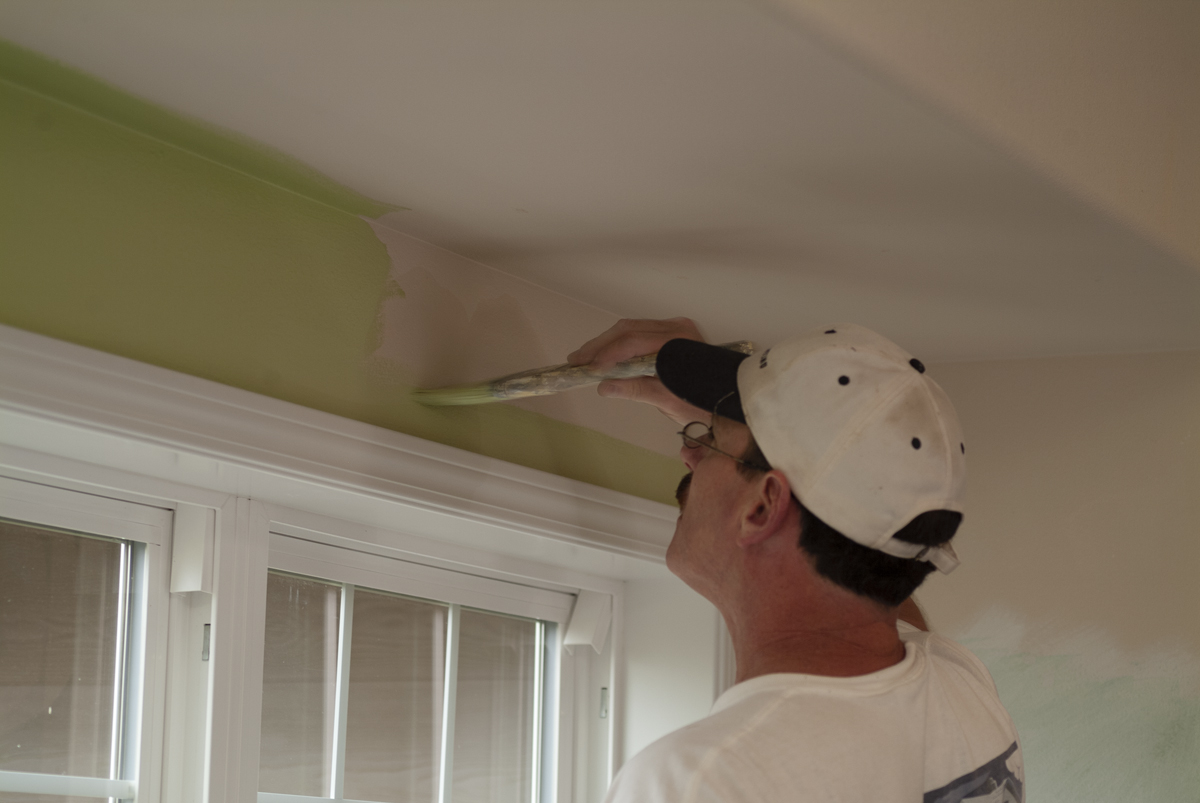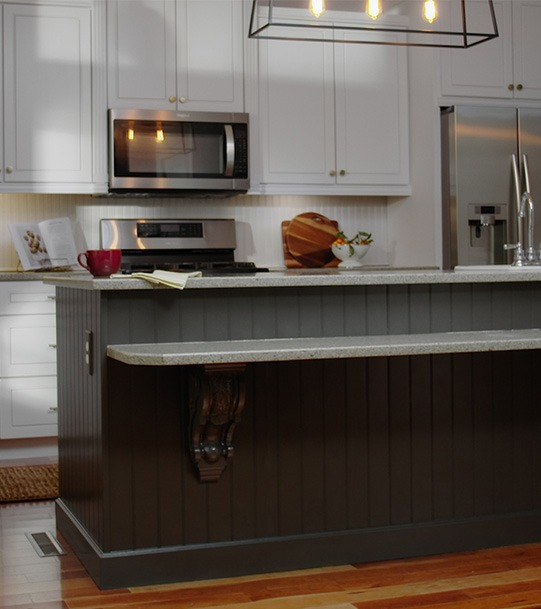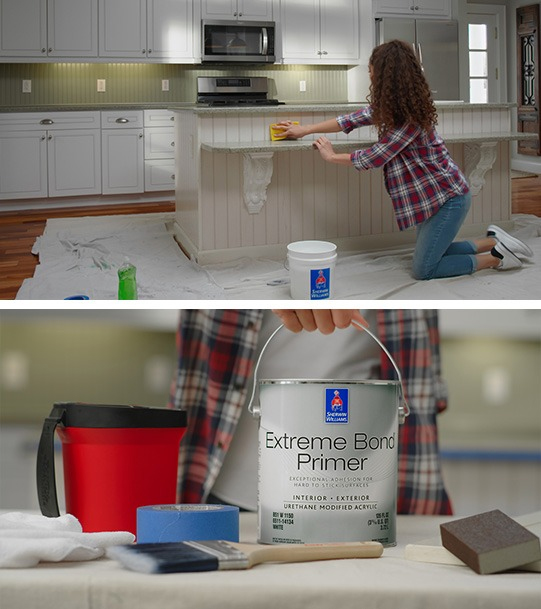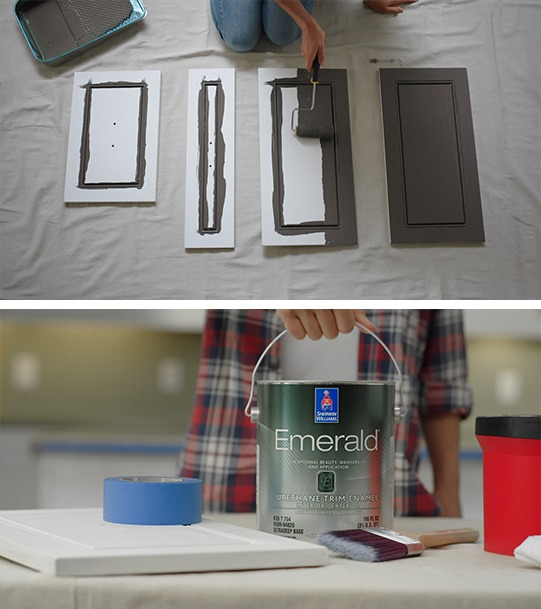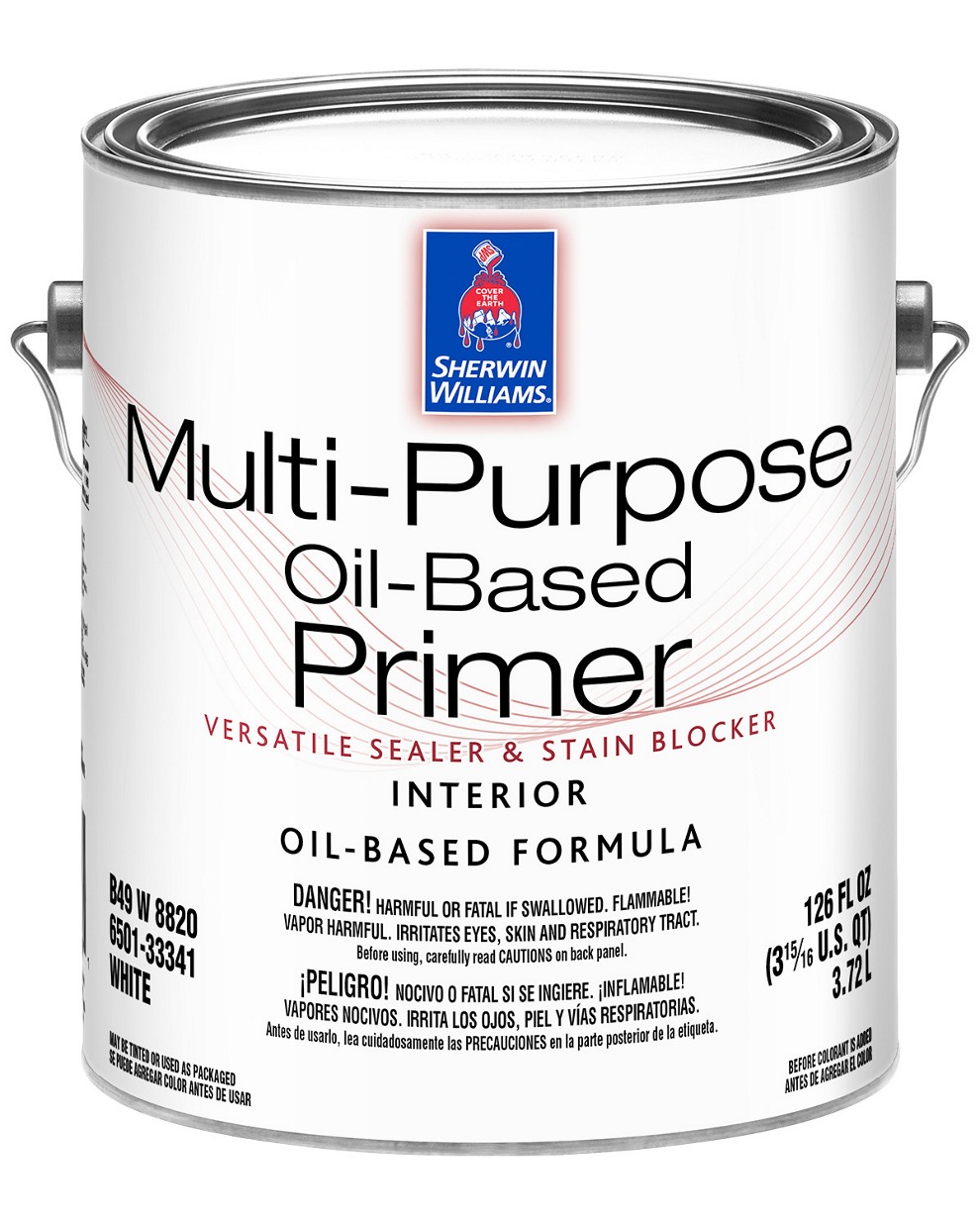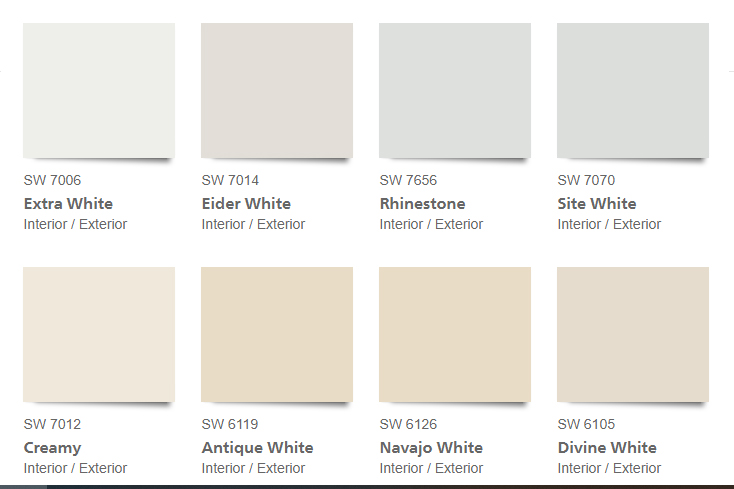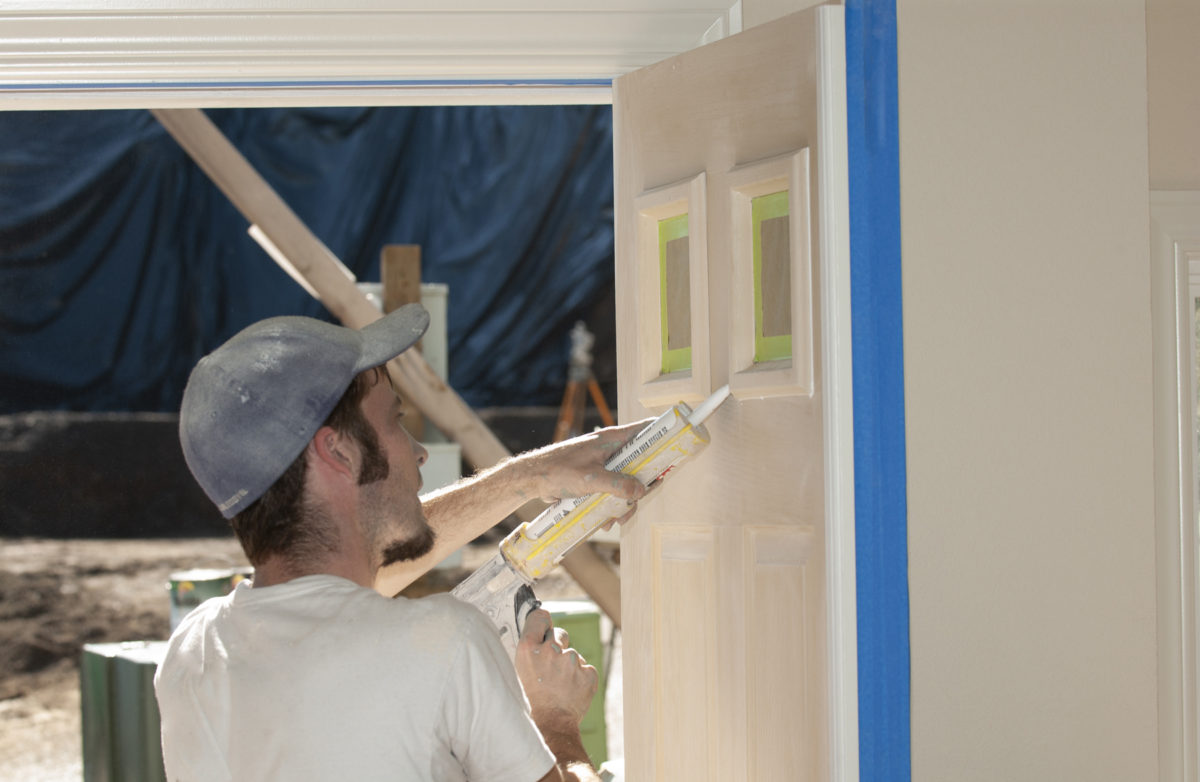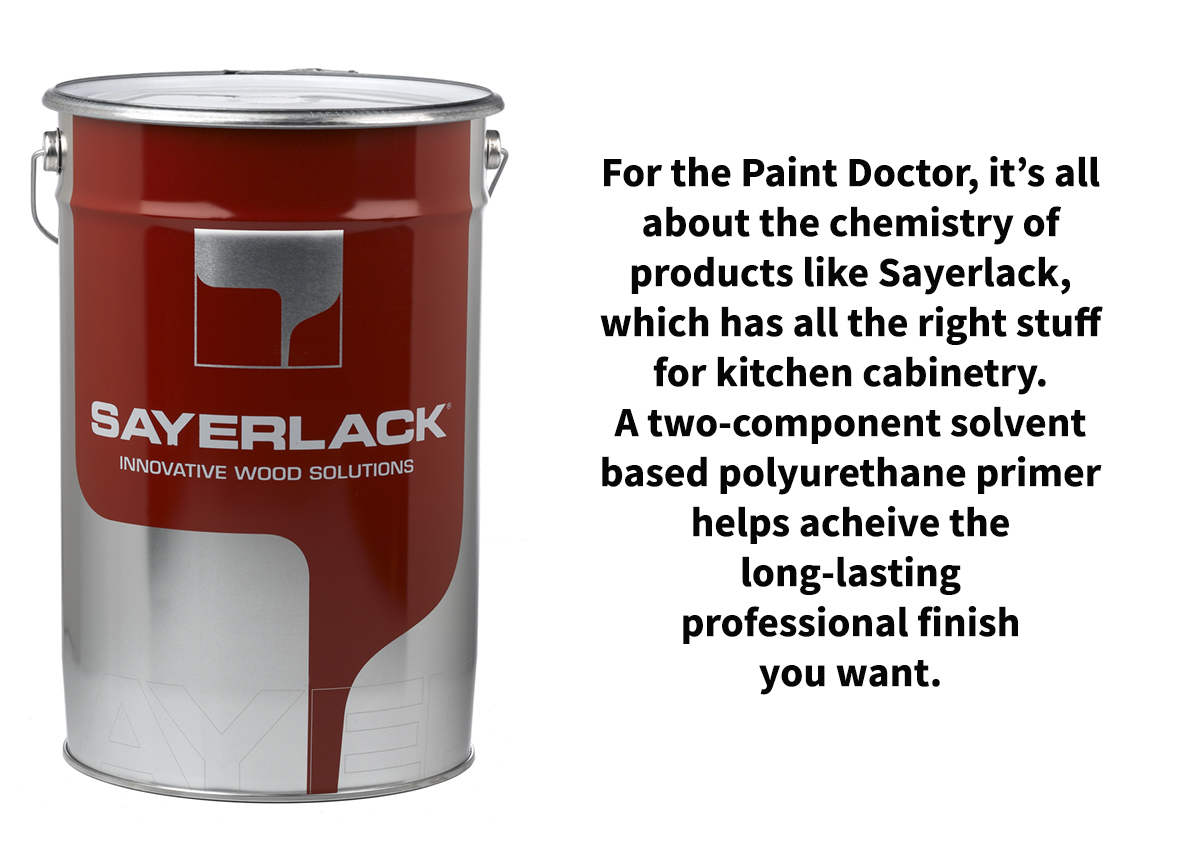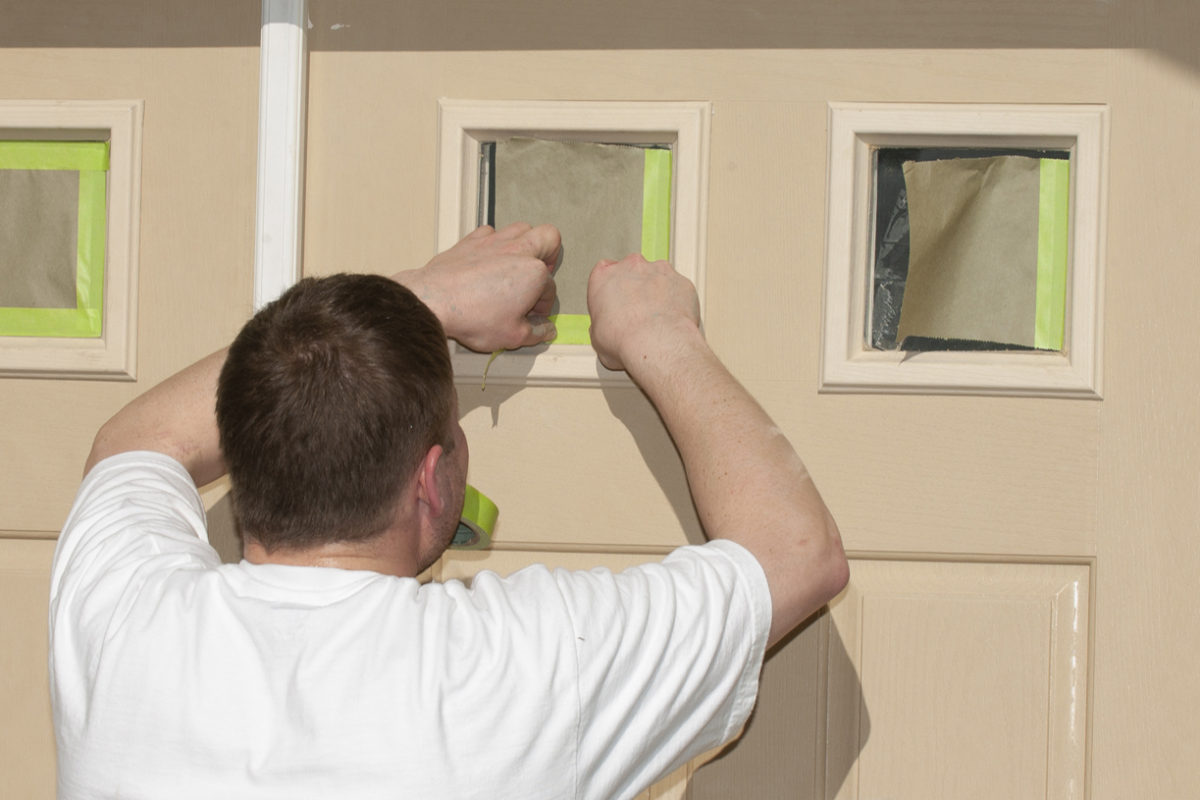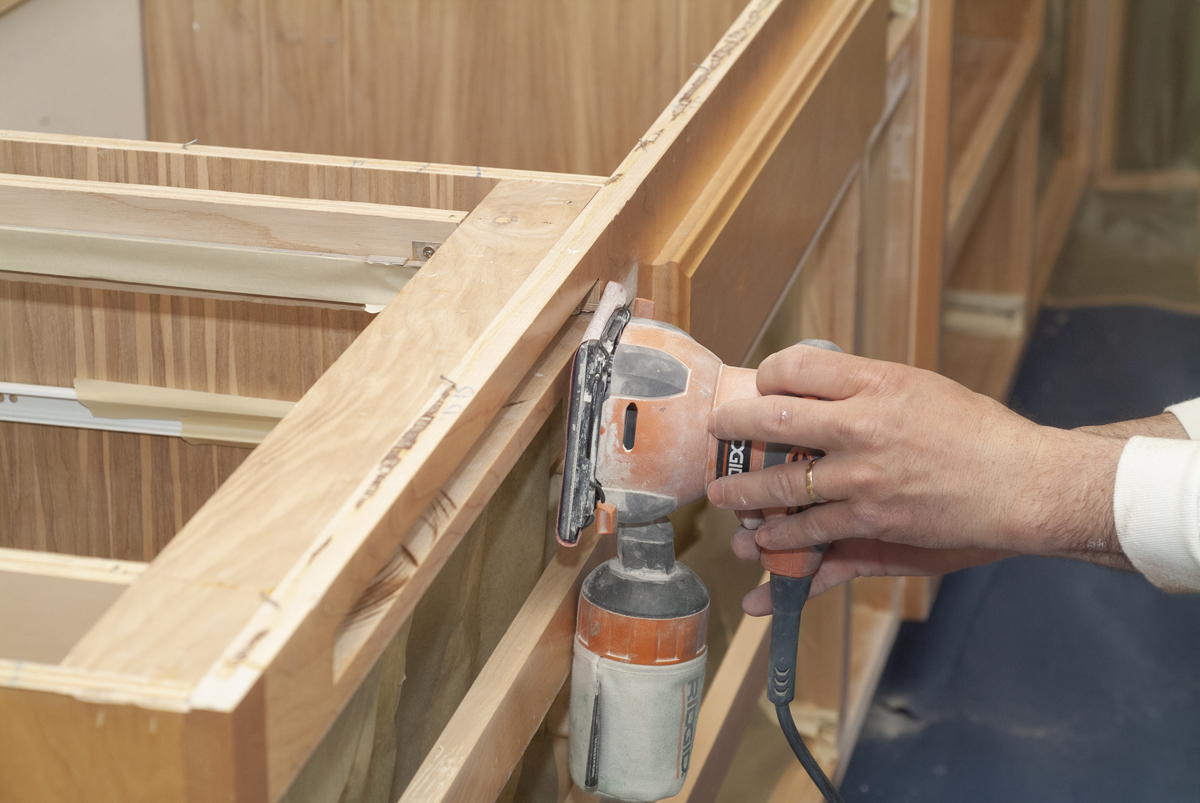When you are choosing your paint color be prepared to the answer the question of sheen, which is how shiny of dull you want your finished product. High-sheen (glossy) surfaces are typically easier to keep clean. These paint formulations traditionally produce the toughest and most stain-resistant finishes – that’s why high-gloss finishes are common in bathrooms, high-traffic areas and kids’ rooms. On the down side, glossy surfaces draw attention to even the smallest flaws in the texture of the wall. If the intention is to hide or downplay a space, high-sheen paint should be avoided.
Most brands of paint come in several sheens, and both latex and oil-based paints are available in different sheen levels. Gloss sheens have the highest light-reflective characteristics. Next are semigloss sheens; then satin, eggshell, or low-lustre sheens; and then flat or matte sheens.

